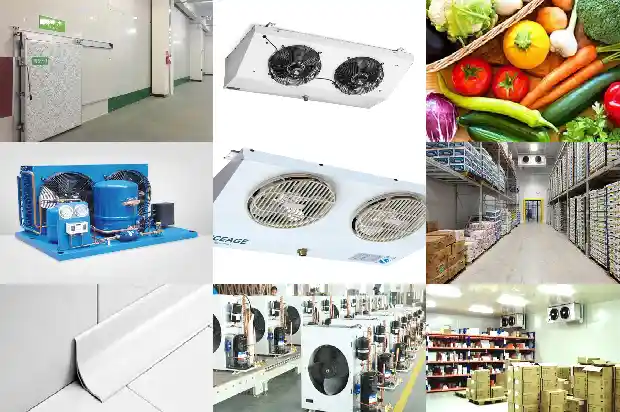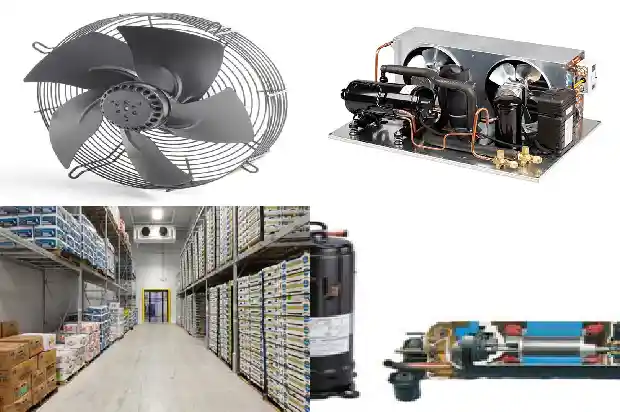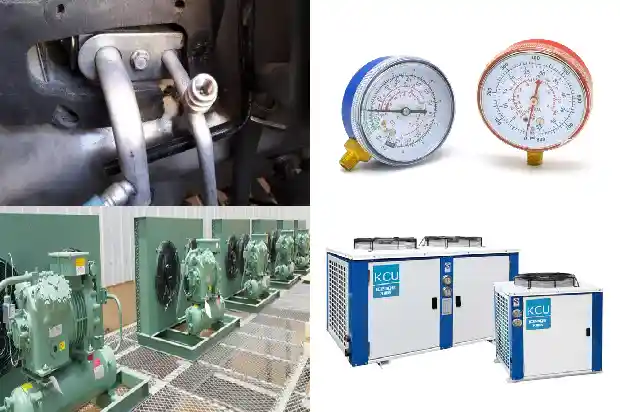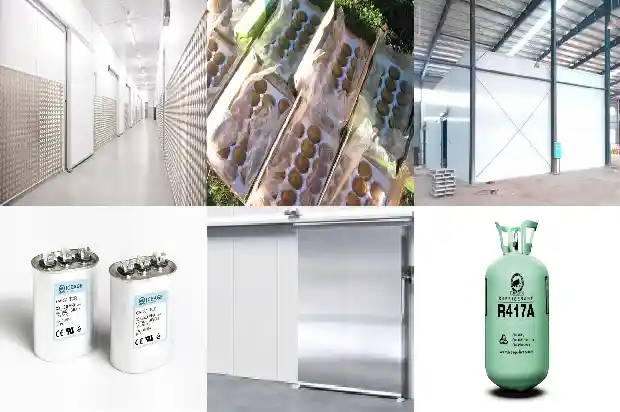Consequences of System Tripping Due to the Absence of an Anti - siphon Pipe in the Stator Cooling Water System
2025-02-25
- What is the siphon phenomenon?
The siphon phenomenon: After filling a "reverse U - shaped" tubular structure with liquid, place the end with a higher opening in a container filled with liquid, and the other end at a place lower than the liquid level of the high - position container. The liquid in the container will continuously flow out through the U - shaped tube.
Scientific principle: The essence of siphon is generated due to gravity and intermolecular cohesion.
The liquid at the highest point in the tube in the device moves towards the lower - position tube opening under the action of gravity, creating a negative pressure inside the U - shaped tube. This causes the liquid at the high - position tube opening to be sucked into the highest point, thus enabling the liquid to continuously flow into the low - position container.
- What are the consequences if the stator cooling water system trips without an anti - siphon pipe?
Usually, there is a certain height difference among the stator cooling water tank, the stator cooling water pump, and the generator.
When the stator cooling water trips due to some reason, causing the interruption of water supply to the generator, the water in the vertical section of the return pipe of the stator cooling water system will return to the tank under the action of gravity.
At this time, the water column with a height difference will exert a suction effect on the stator bars of the generator, creating a negative pressure. The water temperature in the stator bars is relatively high, and it may vaporize due to being lower than the saturation pressure.
The hollow conductors in the stator bars are not straight conductors, and "vapor plugs" may form due to vaporization, causing the stator bars to vibrate, damaging the bar insulation, the sliding pin device, and the pressure plate. More seriously, it may lead to the loosening or leakage of the water - electrical joints of the stator bars of the generator, resulting in water ingress into the generator and hydrogen leakage. Secondly, the cooling water inside the generator quickly returns to the tank after the water supply is cut off, causing uneven heating of the generator.
- What is the function of the anti - siphon pipe?
The function of the anti - siphon pipe is to allow the water in the vertical section of the return pipe of the stator cooling water system to smoothly return to the tank when the stator cooling water system trips, without causing damage to the inside of the generator due to the siphon effect.
The anti - siphon pipe is connected to the surface of the tank, while the return pipe is connected below the water surface. So, there is a height difference of △h between them. After the water supply is cut off, when the return pipe is returning water, the anti - siphon pipe starts to return gas (usually nitrogen) upwards, breaking the vacuum and suppressing vaporization.
Related Articles
- How Much Do You Know About the Chilled Water System of Large - scale Central Air - conditioners?
- What Misconceptions Should Be Avoided in Low - temperature Refrigeration System Repairs
- Essential for Maintenance! Parameters and Phenomena of Normal Operation of Refrigeration and Heating Systems
- Introduction to Control Valves in Refrigeration Systems
- Welding Equipment Used in Refrigeration System Maintenance
- Where Lie the Key Construction Technologies of the Ammonia Refrigeration System?
- What Are the Differences Between R22 and R404A Cold Storage Systems?
- Selection of Bypass Control Valves for Air - conditioning Water Systems
- Has Your Refrigeration System Experienced "Oil Carry - over"?
- Basic Knowledge of Valve - type Components in Refrigeration Systems (Technical Sharing)
- Maintenance Techniques for Air - conditioning Refrigeration Systems
- Characteristics and Differences among Water System, Air System and Refrigerant System
- How to Select and Use Water Pumps for Air - conditioning Systems?
- Essential Basics for Maintenance, Debugging of Refrigeration and Air - conditioning Systems
- Why Does the Evaporation Temperature of the Refrigeration System Drop Too Low? And Why is the Condensing Pressure Too High?
- Operating Principle and Standard Installation Steps of Multi - split Systems in Refrigerant Air - conditioning Systems
- How to Make Refrigeration Systems More Energy - Efficient?
- Analysis of 6 Components in Air - cooled Multi - split Systems
